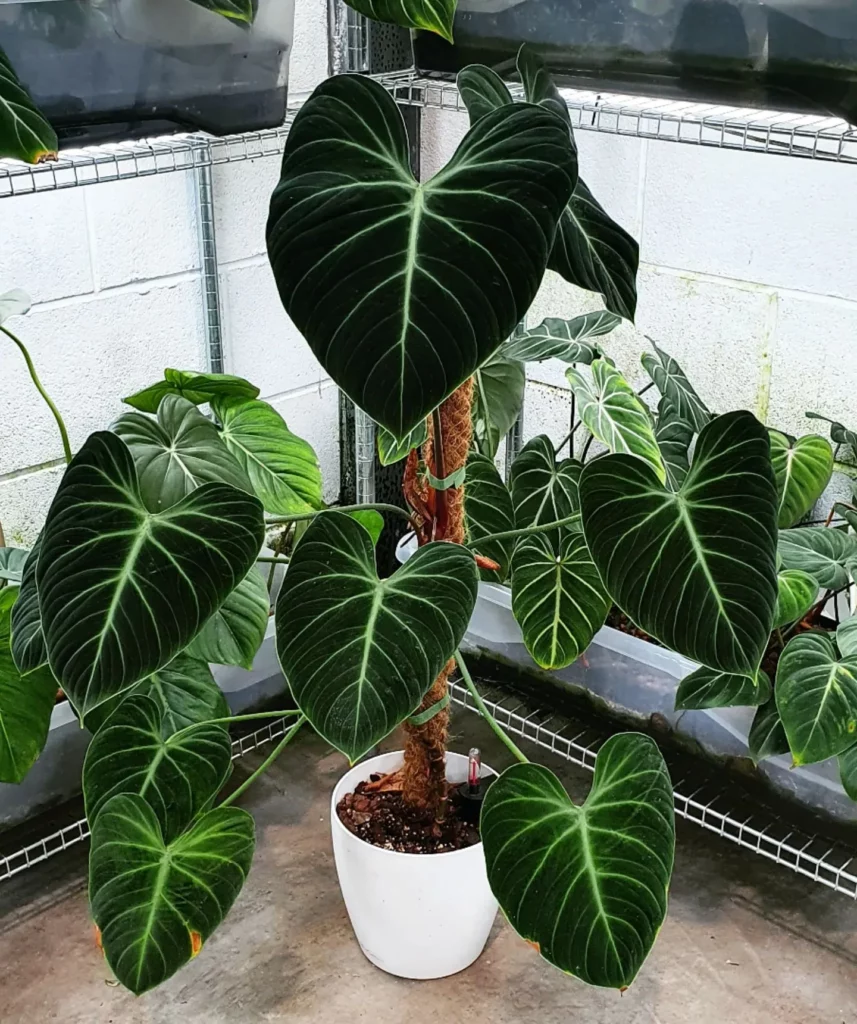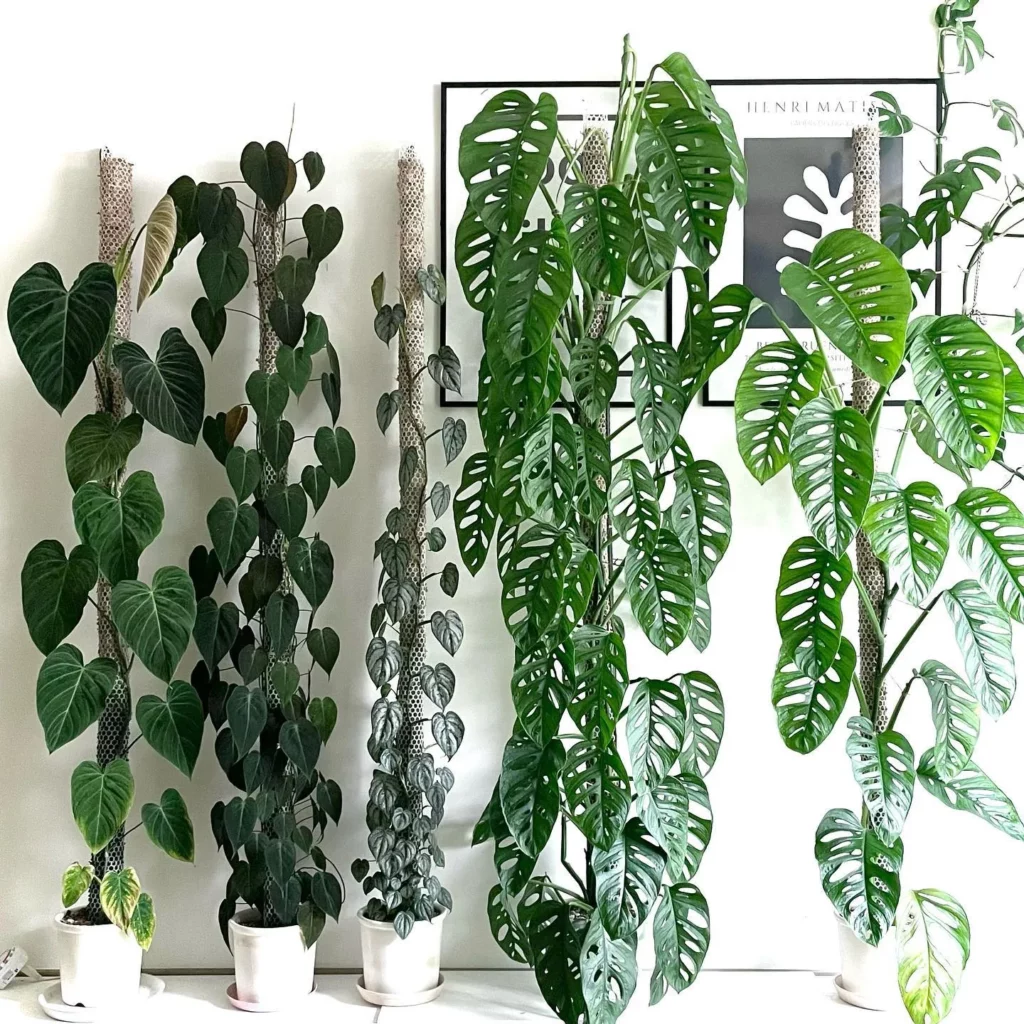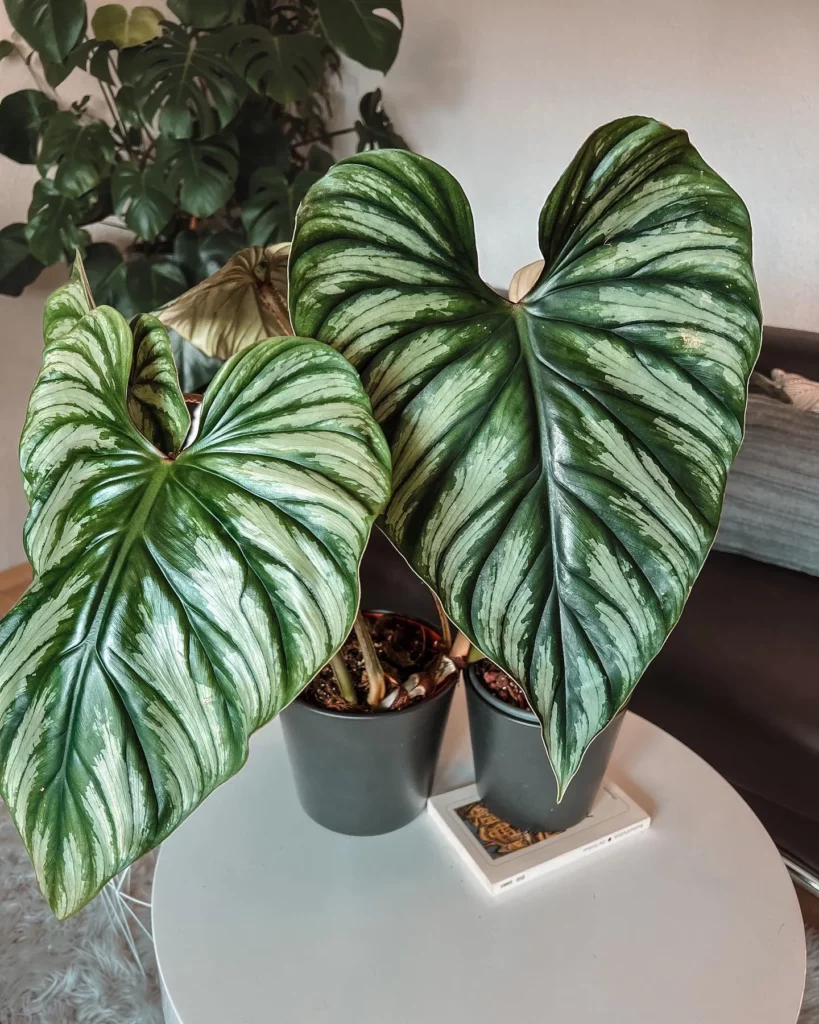Proper watering is crucial for the health and well-being of your philodendron plant. Finding the right balance between watering too much and watering too little is key to ensuring its vitality and longevity.
Importance of Proper Watering
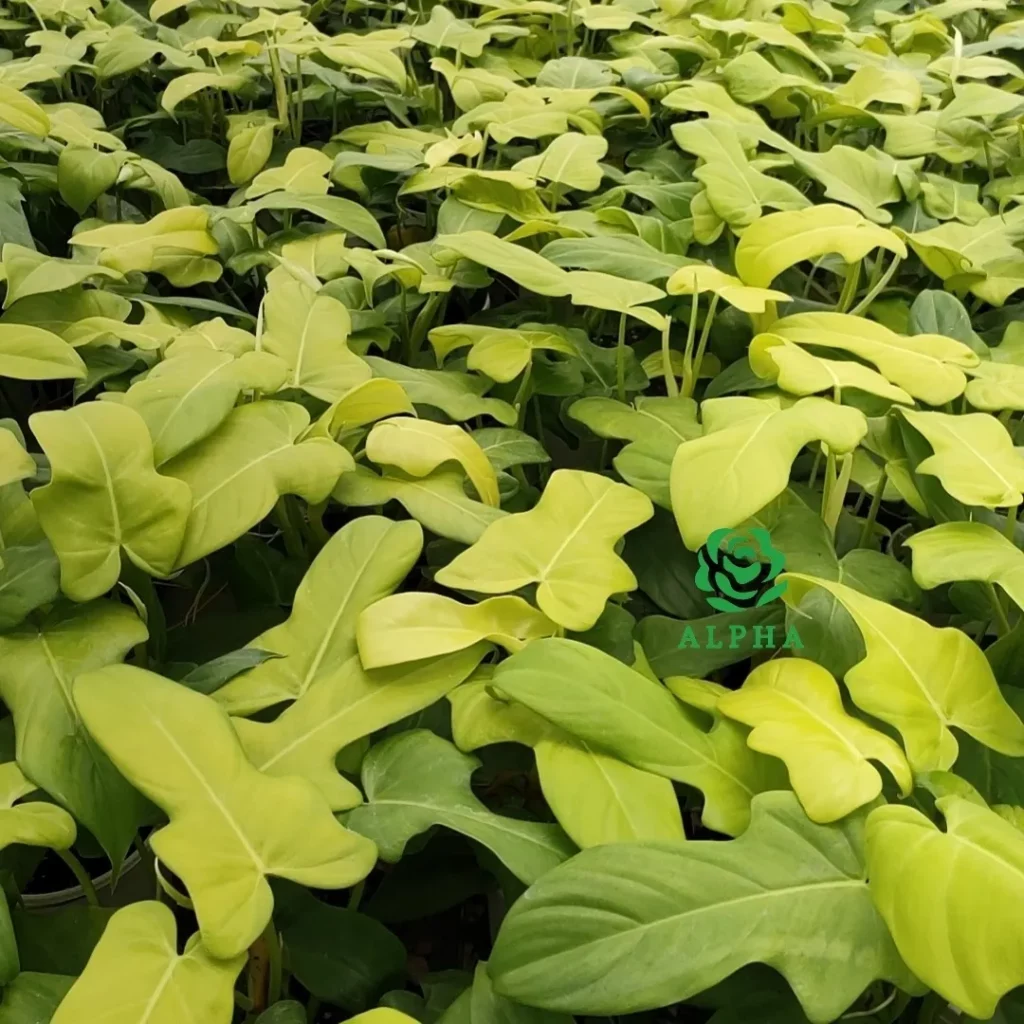
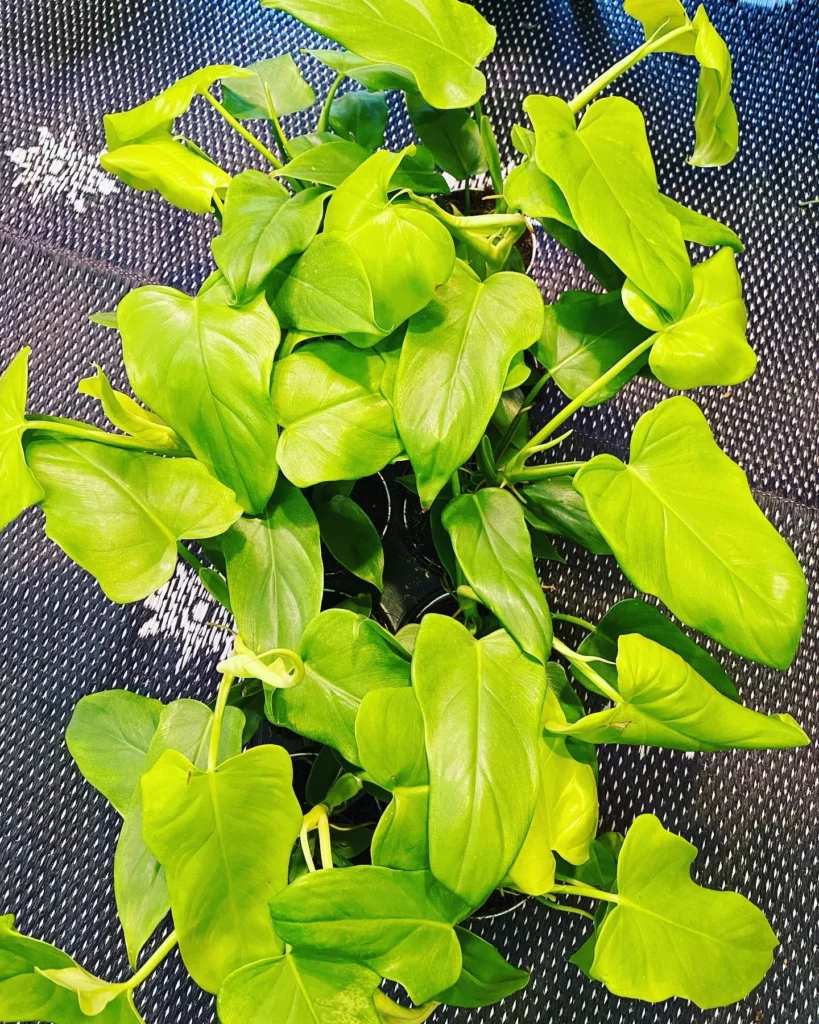
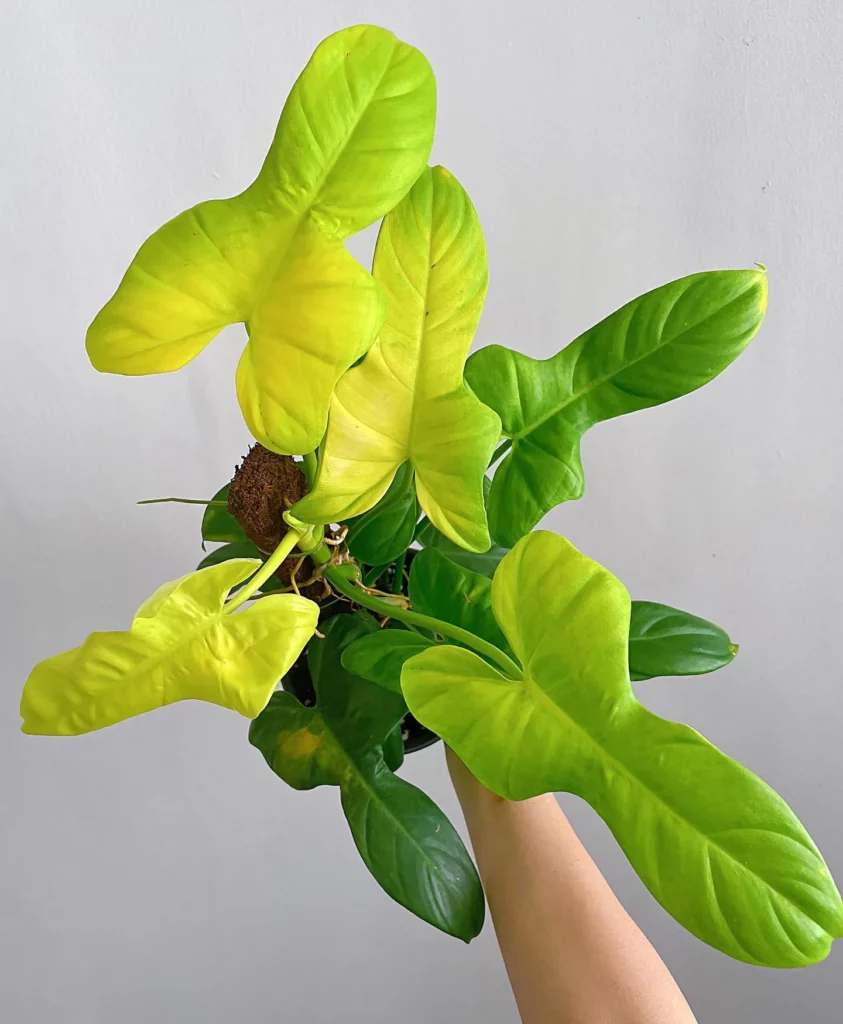
Overwatering can have detrimental effects on your philodendron. It can lead to root rot, a condition where the roots become waterlogged and begin to decay. This can cause the plant to wilt, develop yellow leaves, and eventually die if not addressed.
On the other hand, underwatering can also be harmful. Insufficient water can cause the leaves to wilt and turn yellow, as the plant is not receiving enough hydration to sustain its health. It’s important to strike a balance and provide your philodendron with the right amount of water to thrive.
To care for your philodendron effectively, make sure to monitor the soil moisture levels and adjust your watering routine accordingly. This will help you maintain healthy plant hydration and promote optimal growth.
No products found.
Signs Your Philodendron Needs Water
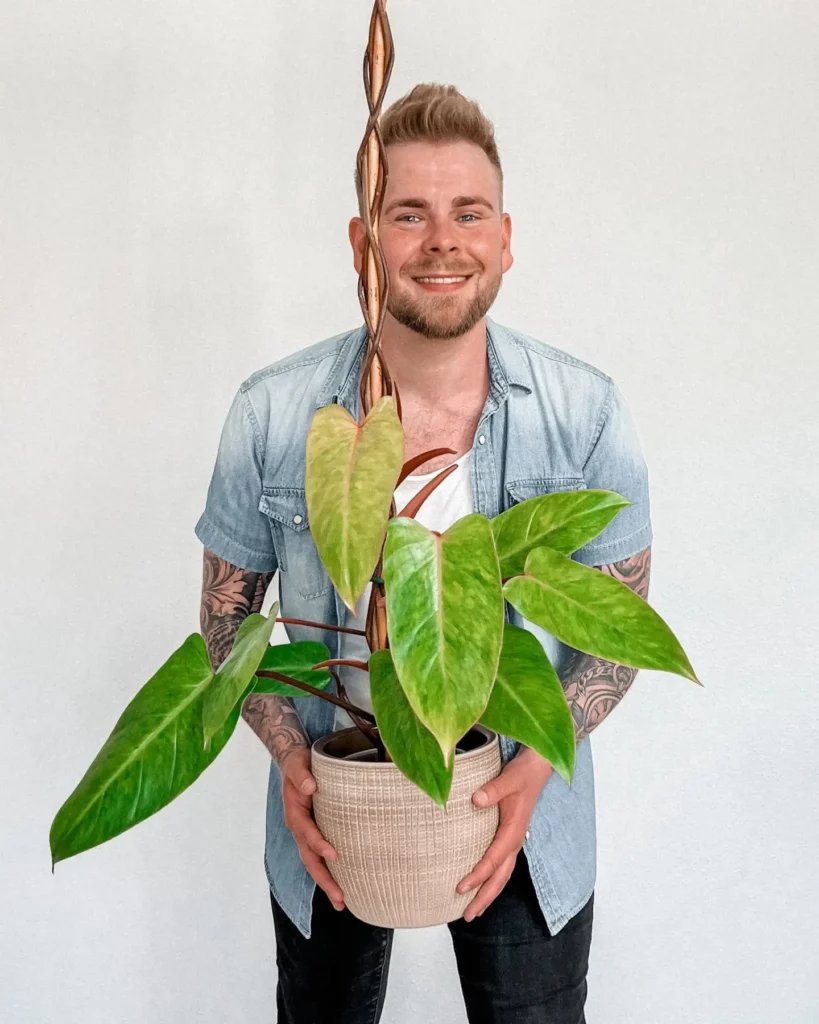
Proper watering is essential for the health and well-being of your philodendron. To ensure the plant stays hydrated, it’s important to recognize the signs that indicate it needs water. By paying close attention to these indicators, you can maintain optimal hydration levels and promote the overall vitality of your philodendron.
One of the most noticeable signs that your philodendron needs water is visibly wilted leaves. When the plant lacks sufficient moisture, the leaves may become droopy and lose their vibrant appearance. Additionally, the top inch or two of soil surrounding the plant may dry out, indicating a need for watering.
To visually showcase the signs of dehydration in a philodendron plant, refer to the following table:
| Signs of Dehydration |
|---|
| Visibly wilted leaves |
| Top inch or two of soil drying out |
Methods of Watering Philodendron
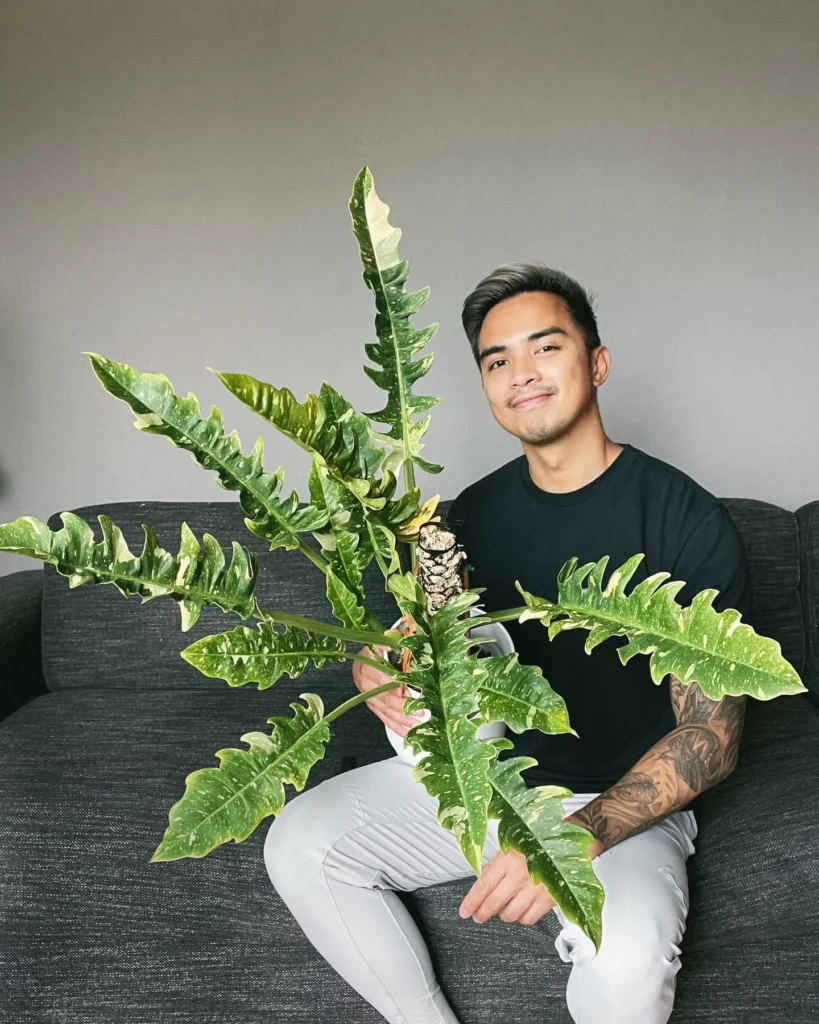
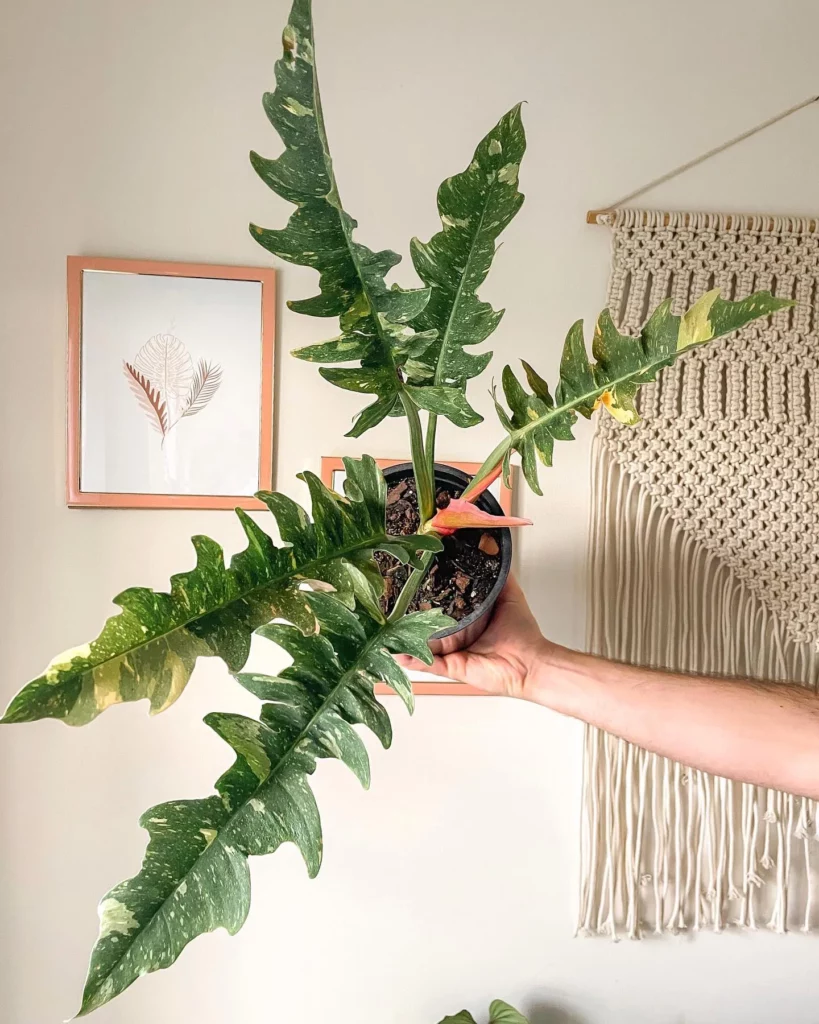
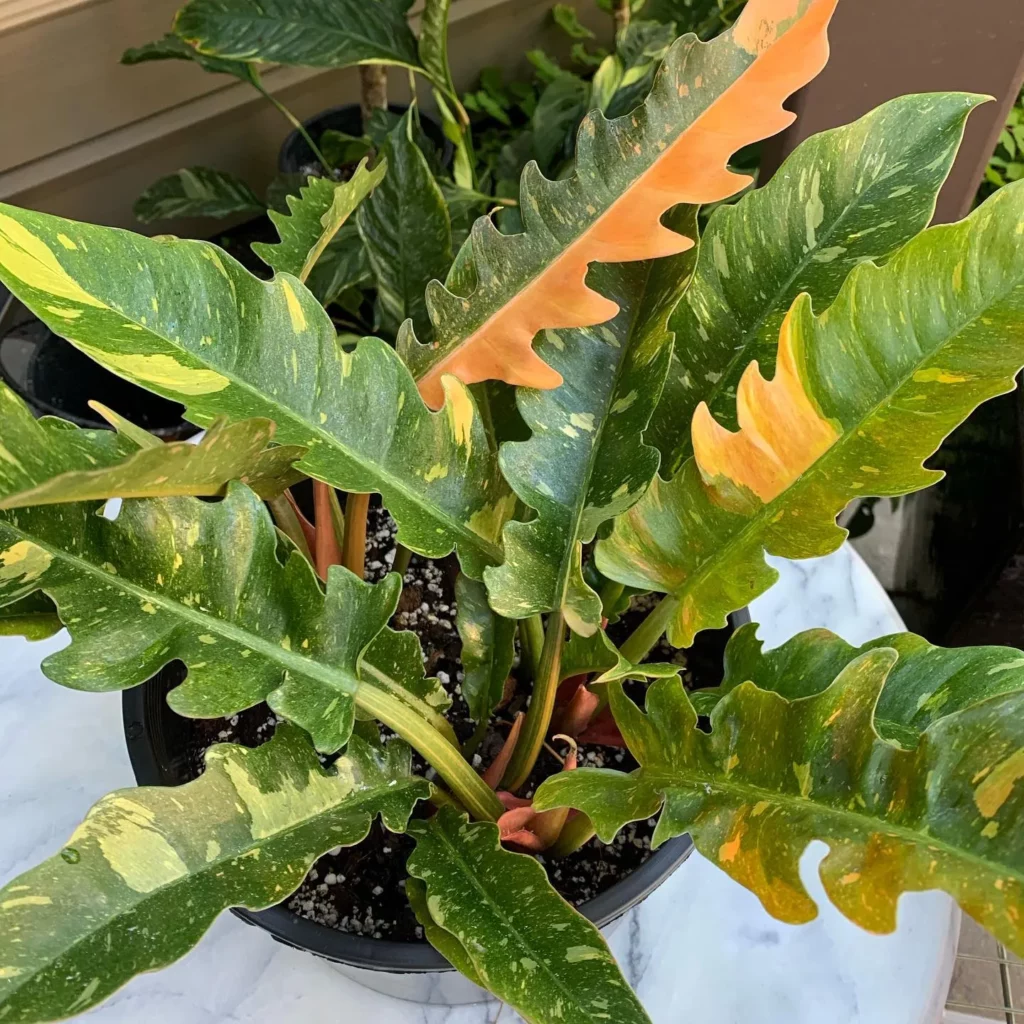
When it comes to watering your philodendron, there are a few different techniques you can use. The best method for you may depend on factors such as your personal preference, the size of your plant, and the specific needs of your philodendron. Here are three common methods of watering philodendron plants:
1. Watering Over the Soil
The most common and straightforward method of watering philodendron is by pouring water over the soil. This can be done using a watering can or by gently applying water from a tap. Start by watering until you see water coming out of the drainage holes at the bottom of the pot. This ensures that the water is penetrating the soil and reaching the roots.
This method works well for philodendrons potted in containers with good drainage. It allows for even distribution of water throughout the soil, promoting healthy root growth.
2. Bottom Watering
Bottom watering involves placing your philodendron pot in a tray or saucer filled with water. The soil will absorb the water from below, ensuring that the roots receive adequate moisture. After about 10 minutes, remove the pot from the tray and discard any excess water.
This method can be particularly useful for plants with dense foliage, as it prevents water from coming into contact with the leaves, reducing the risk of fungal diseases.
3. Water Baths
Water baths are another way to water your philodendron. In this method, you’ll submerge the entire pot into a container filled with lukewarm water. Leave the pot in the water for a few minutes, allowing the soil to soak up moisture. Then, lift the pot out of the water and let any excess water drain off before returning it to its regular location.
Water baths can be beneficial for plants that may be experiencing dehydration or struggling to absorb water from the soil. This method helps ensure thorough hydration.
Remember, when using any watering technique, it’s essential to provide good drainage for your philodendron. Excess water should be able to escape through drainage holes to prevent overwatering and root rot.
Comparison of Philodendron Watering Techniques
| Watering Technique | Advantages |
|---|---|
| Watering Over the Soil | – Ensures even distribution of water – Allows for monitoring water intake |
| Bottom Watering | – Prevents water from coming into contact with leaves – Promotes deep root growth |
| Water Baths | – Ensures thorough hydration – Useful for plants experiencing dehydration |
Consider experimenting with different watering techniques to find the one that works best for you and your philodendron. Observe how your plant responds to each method to ensure it receives the optimal amount of moisture for its health and growth.
Watering Over the Soil
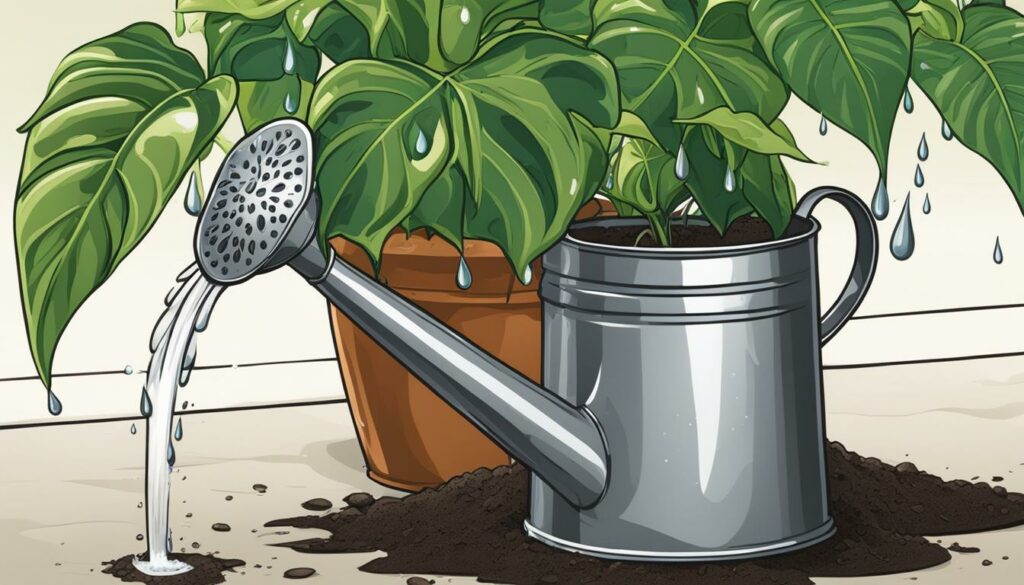
One of the most common and effective techniques for watering a philodendron is by pouring water over the soil. This method allows the water to directly reach the roots, providing essential hydration to the plant. To water your philodendron over the soil, you can use a watering can or simply pour water from a jug or tap directly onto the soil around the plant.
When watering over the soil, it’s important to ensure proper drainage to prevent waterlogged soil and root rot. Make sure your philodendron is potted in a container with drainage holes at the bottom. These holes allow excess water to escape, preventing water buildup that can harm the plant’s roots.
To ensure proper drainage, always water your philodendron until you see water starting to flow out from the drainage holes. This indicates that the soil has received enough water, and any excess will drain away. It’s important to remove any excess water from the tray or saucer underneath the pot to prevent the plant from sitting in stagnant water.
After watering, allow the soil to dry out slightly before watering again. Philodendrons prefer slightly moist soil, but they don’t like to be constantly saturated. Overwatering can lead to root rot and other problems, so it’s important to find the right balance. You can use your fingers or a moisture meter to check the moisture level of the soil before watering again.
Bottom Watering

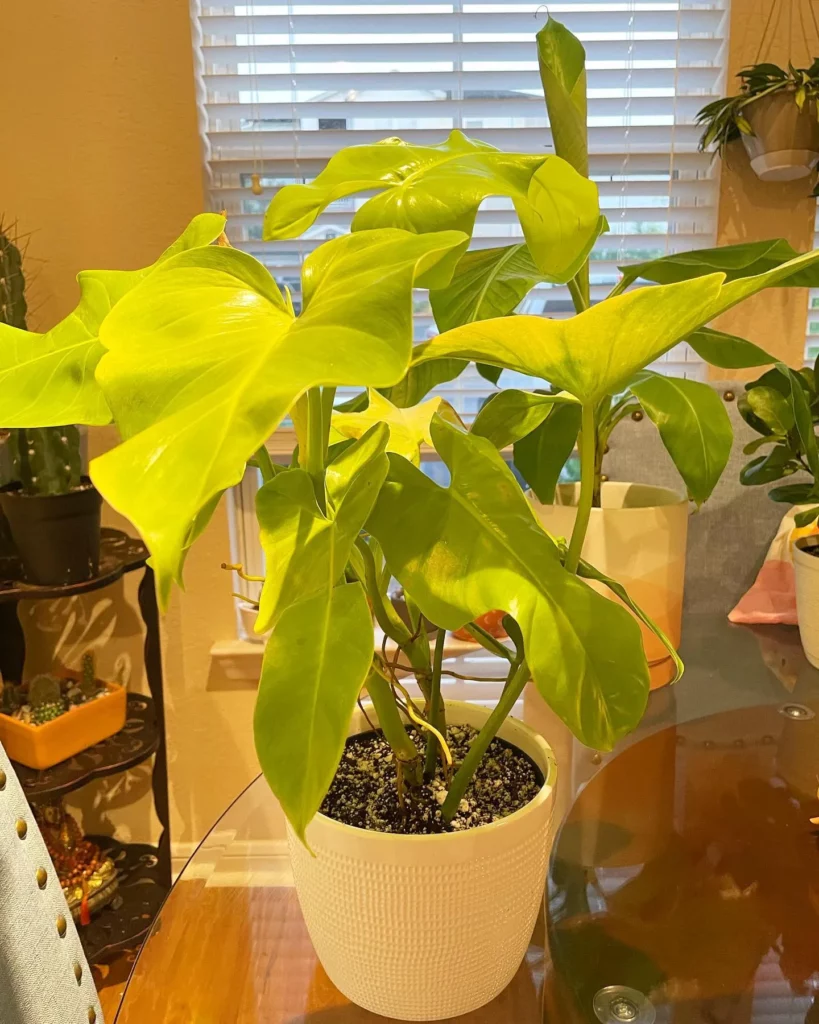

Another effective method of watering your philodendron is bottom watering. This technique involves using a plant tray to provide moisture to the plant from below. To bottom water your philodendron, simply fill the tray with water and place your plant pot on top.
Allow the soil to absorb the moisture for about 10 minutes. During this time, the plant will naturally draw water from the tray, ensuring thorough hydration and preventing water from sitting on the surface, which can lead to root rot.
After the designated time, check if the soil has absorbed enough water by gently touching the topsoil. If it feels damp, the plant has likely absorbed sufficient moisture.
Remember to remove any excess water from the tray to prevent the plant from sitting in water for extended periods. This can help maintain the ideal level of moisture and prevent the risk of overwatering.
Bottom watering is particularly beneficial for philodendrons as it allows the plant to absorb water efficiently and evenly. This technique mimics the natural process of moisture absorption through the roots, promoting healthy growth and reducing the risk of water-related issues.
Give bottom watering a try with your philodendron and enjoy the benefits of optimal moisture absorption, ensuring the well-being and vitality of your beloved plant.
Water Baths
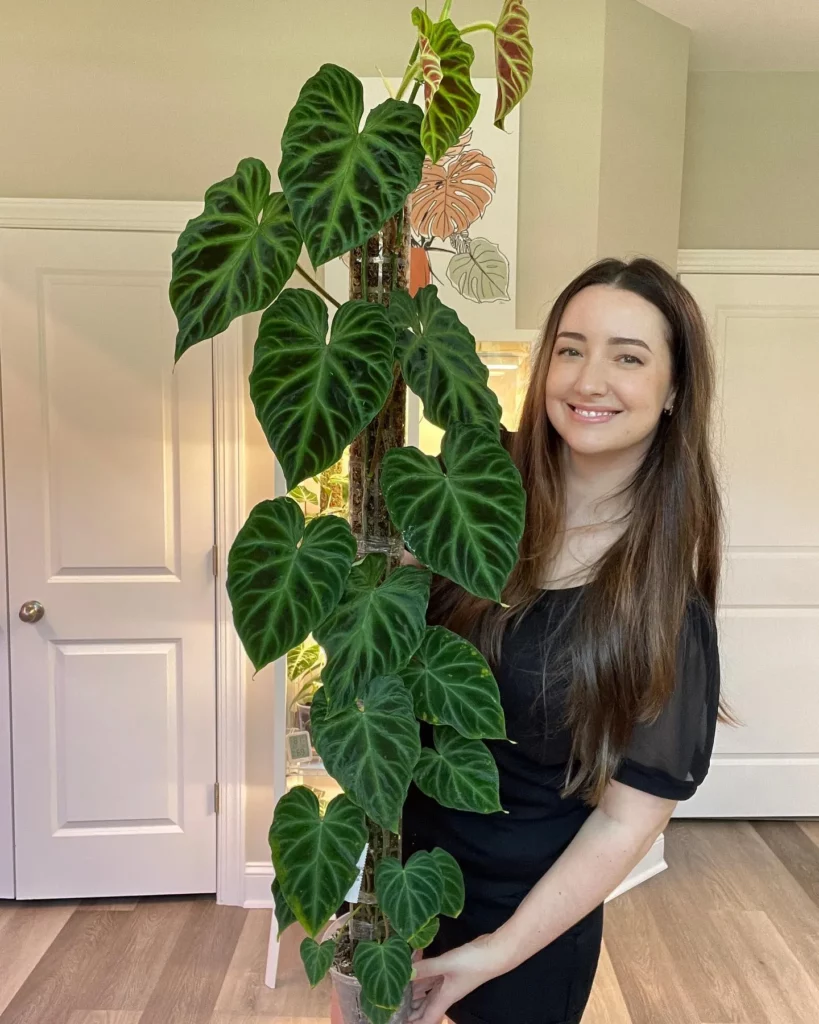
Water baths can be a beneficial method for watering your philodendron. This technique involves submerging the entire pot into a bucket or vessel filled with lukewarm water, allowing the roots to soak up the moisture. Here’s how you can use water baths to hydrate your philodendron:
1. Fill a bucket or other suitable vessel with lukewarm water. Ensure that the water level is deep enough to cover the entire pot.
2. Gently place the pot into the water, ensuring that the water level reaches just below the rim of the pot. Be careful not to let the water overflow.
3. Allow the pot to sit in the water for approximately 15 to 30 minutes, or until you see bubbles rising from the soil surface. This indicates that the soil is adequately saturated.
4. After the water bath, carefully lift the pot out of the water, allowing any excess water to drain off. Avoid letting the plant stand in water to prevent overwatering.
Water baths are particularly useful for plants with compact root systems, such as philodendrons, as they ensure thorough saturation of the soil. However, it’s important to monitor the moisture level of the soil and adjust your watering frequency accordingly to prevent waterlogged conditions.
Check out the table below to compare the different watering methods for philodendrons:
| Watering Method | Advantages | Disadvantages |
|---|---|---|
| Water Baths | – Ensures thorough soil saturation – Suitable for compact root systems | – Requires monitoring of soil moisture – Potential risk of overwatering |
| Watering Over the Soil | – Easy to control water flow – Allows excess water to drain | – May not reach deep roots – Risk of uneven watering |
| Bottom Watering | – Promotes deep root growth – Prevents water splash onto leaves | – Requires careful monitoring of water absorption – Risk of overwatering if done excessively |
Importance of Good Drainage
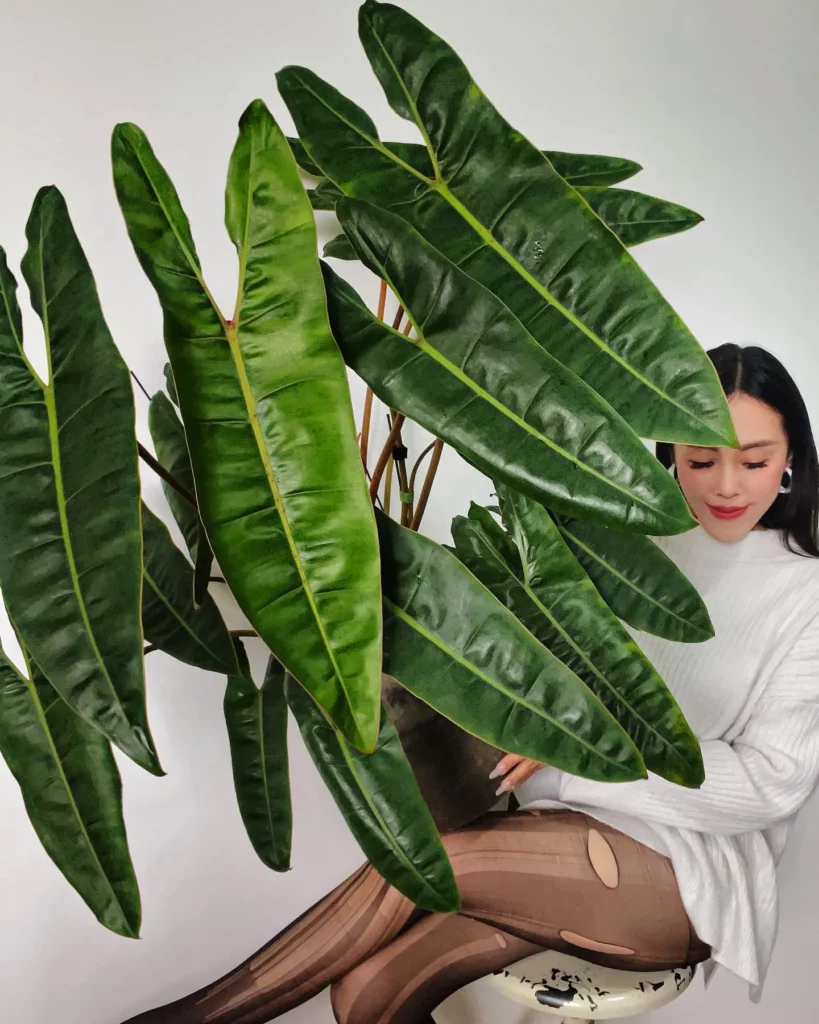
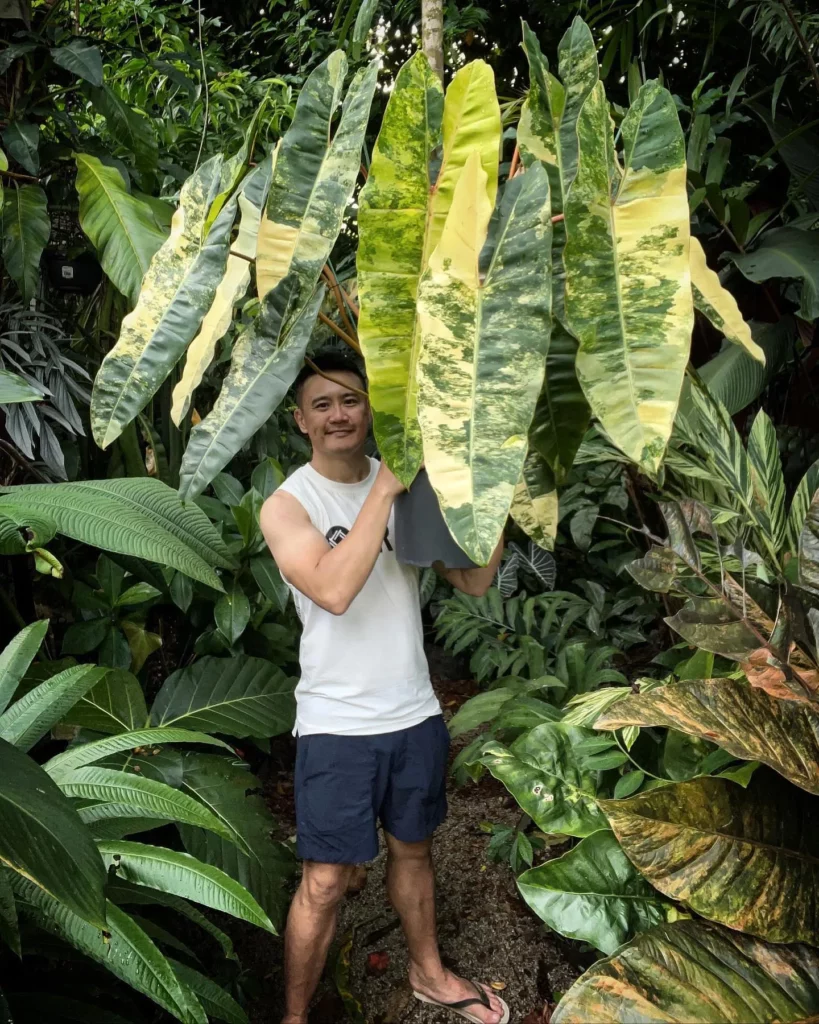
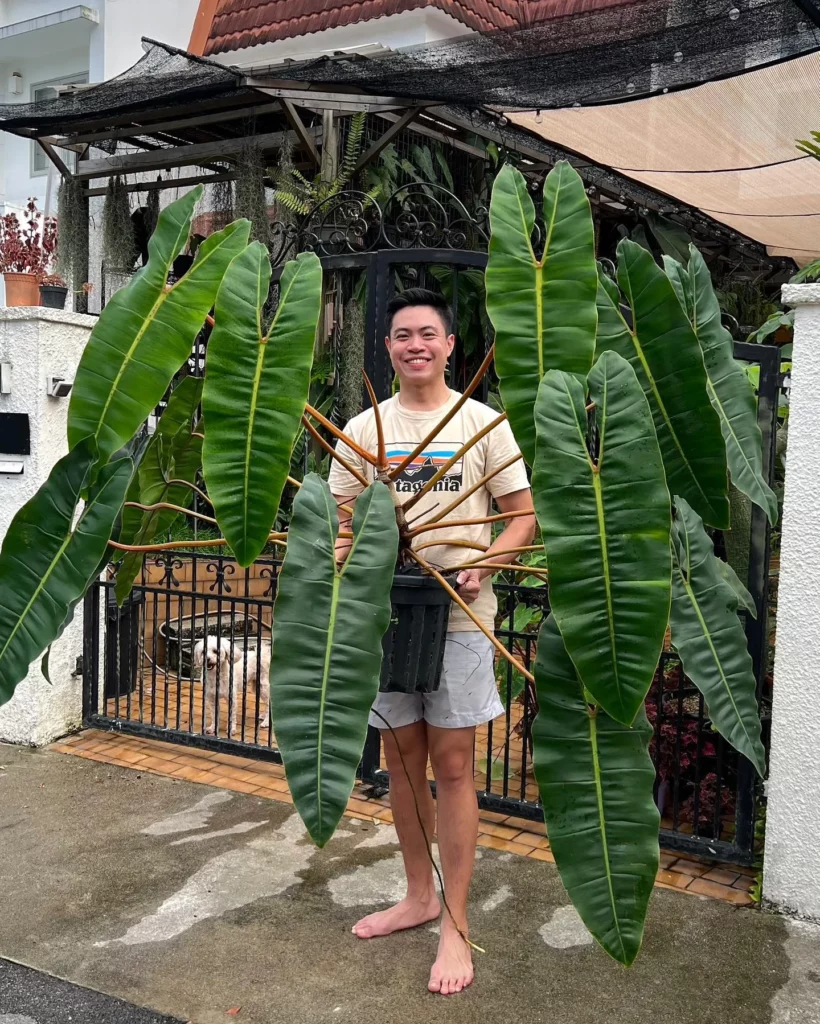
When it comes to growing healthy philodendrons, proper drainage is of utmost importance. Good drainage helps prevent root rot and fungal diseases, ensuring the plant’s overall well-being. To maintain excellent drainage for your philodendron, follow these tips:
No products found.
- Choose a well-draining soil mix: Use a high-quality potting mix specifically formulated for indoor plants. Avoid heavy soils that retain excessive moisture, as this can lead to root rot. Look for soil mixes that promote good drainage.
- Provide sufficient drainage holes: Make sure your philodendron’s pot has enough drainage holes. This allows excess water to escape and prevents water from pooling at the bottom, which can suffocate the roots.
- Regularly check and clear the drainage holes: Over time, debris and mineral deposits can accumulate in the drainage holes, obstructing proper water flow. Check the holes periodically and clear any blockages to ensure free-flowing drainage.
Frequency of Watering
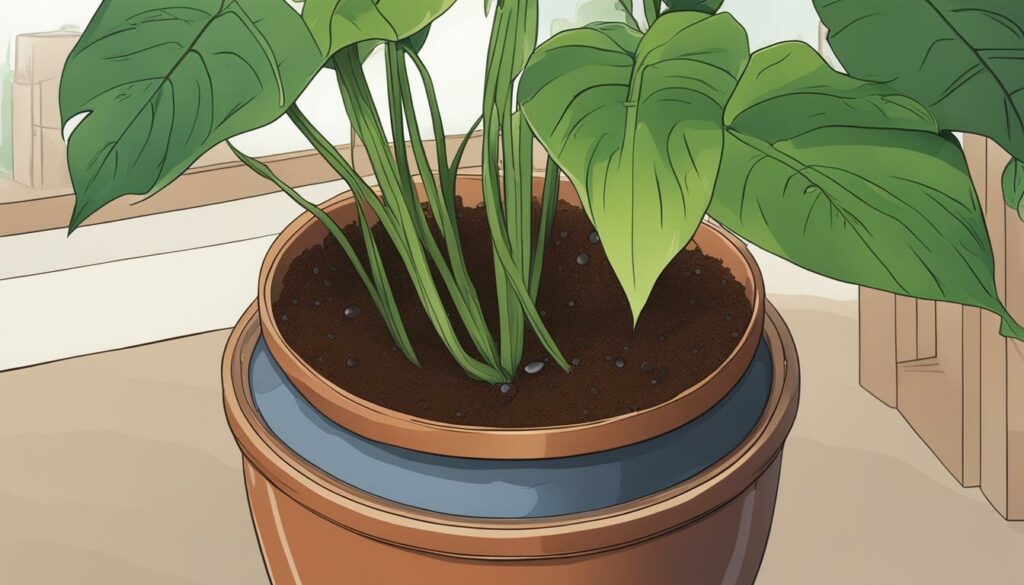
The frequency of watering your philodendron will depend on various factors such as climate and room conditions. Generally, watering once a week in the spring and summer, allowing the top two inches of soil to dry out before watering again, is a good guideline. Adjust your watering schedule based on the moisture level of the soil.
Properly assessing the moisture level of the soil is essential for determining when to water your philodendron. To ensure accuracy, you can use a moisture meter or simply insert your finger about two inches into the soil. If it feels dry at that depth, it’s time to water.
Keep in mind that environmental factors can affect the watering needs of your plant. Higher temperatures and increased humidity may require more frequent watering. Conversely, lower temperatures and drier indoor environments may decrease the watering frequency.
It’s important to strike a balance between adequately hydrating your philodendron and avoiding overwatering, which can lead to root rot and other issues. Regularly observe the plant and monitor the condition of the soil to determine the optimal watering schedule.
Sample watering schedule for a philodendron:
| Season | Frequency |
|---|---|
| Spring | Once a week |
| Summer | Once a week |
| Fall | Every 10-14 days |
| Winter | Every 2-4 weeks |
Watering in Winter
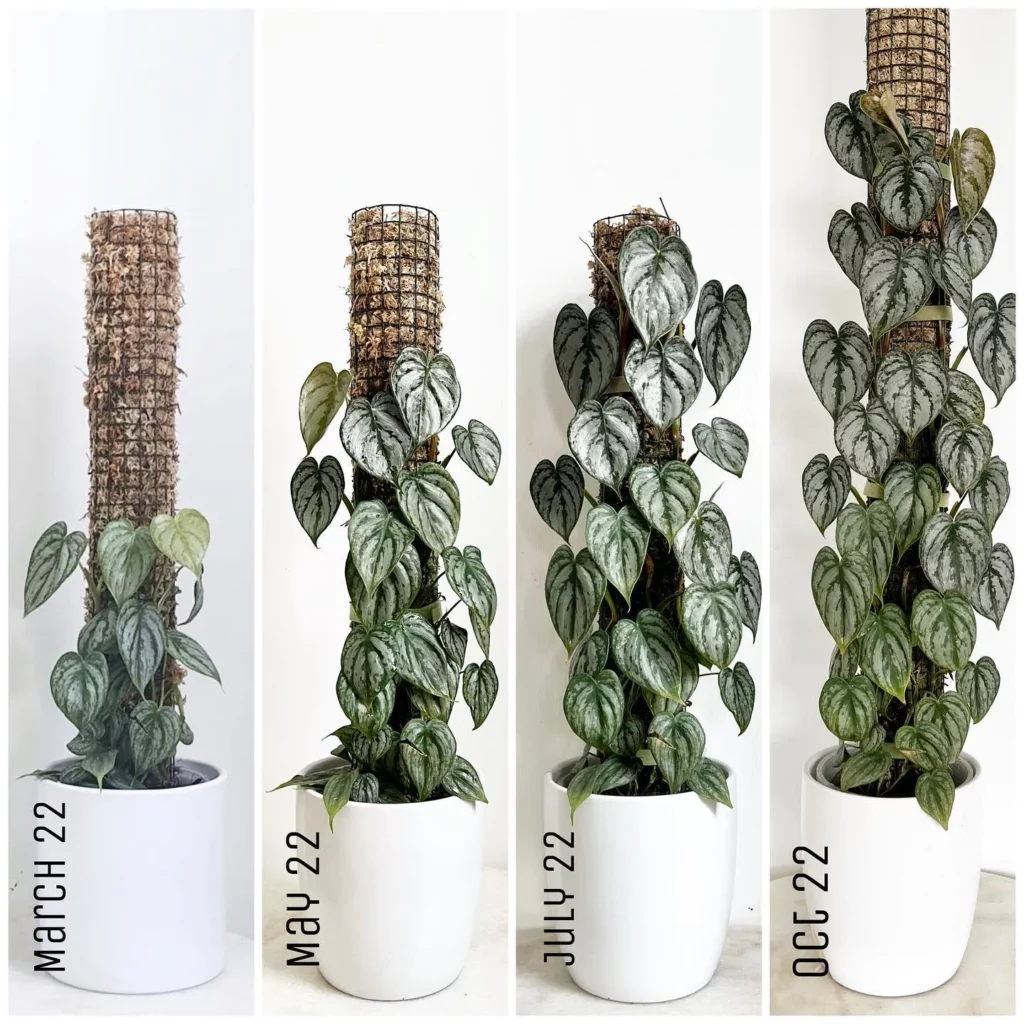
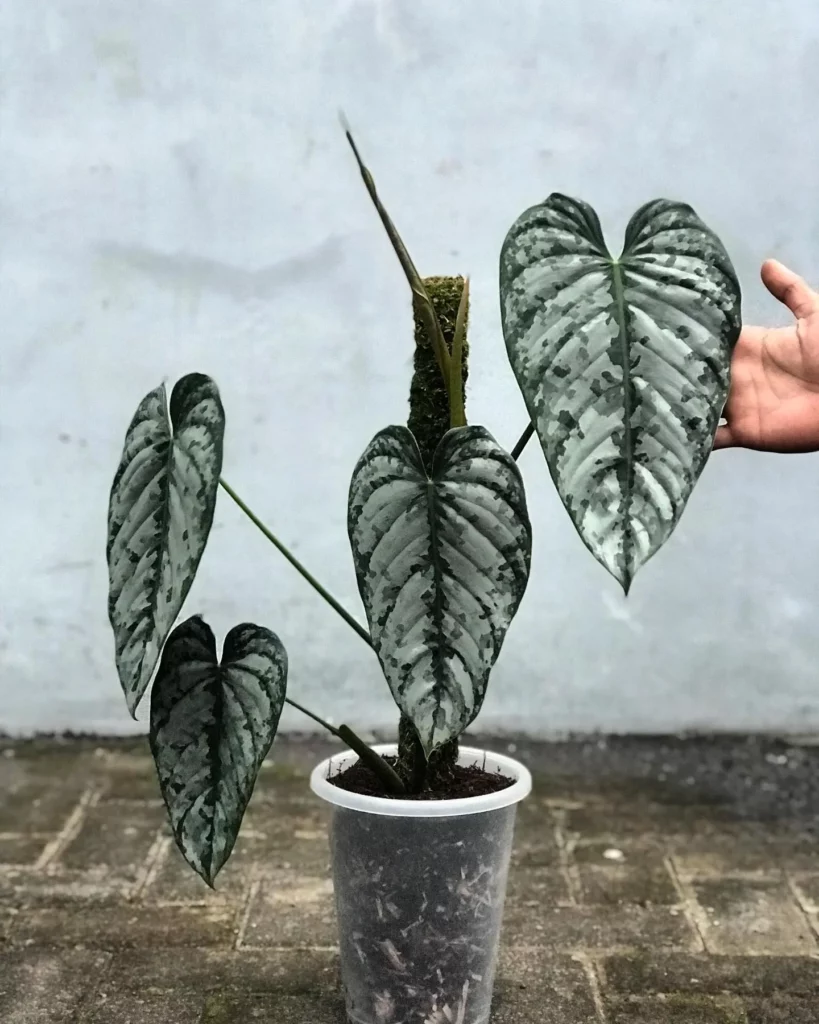
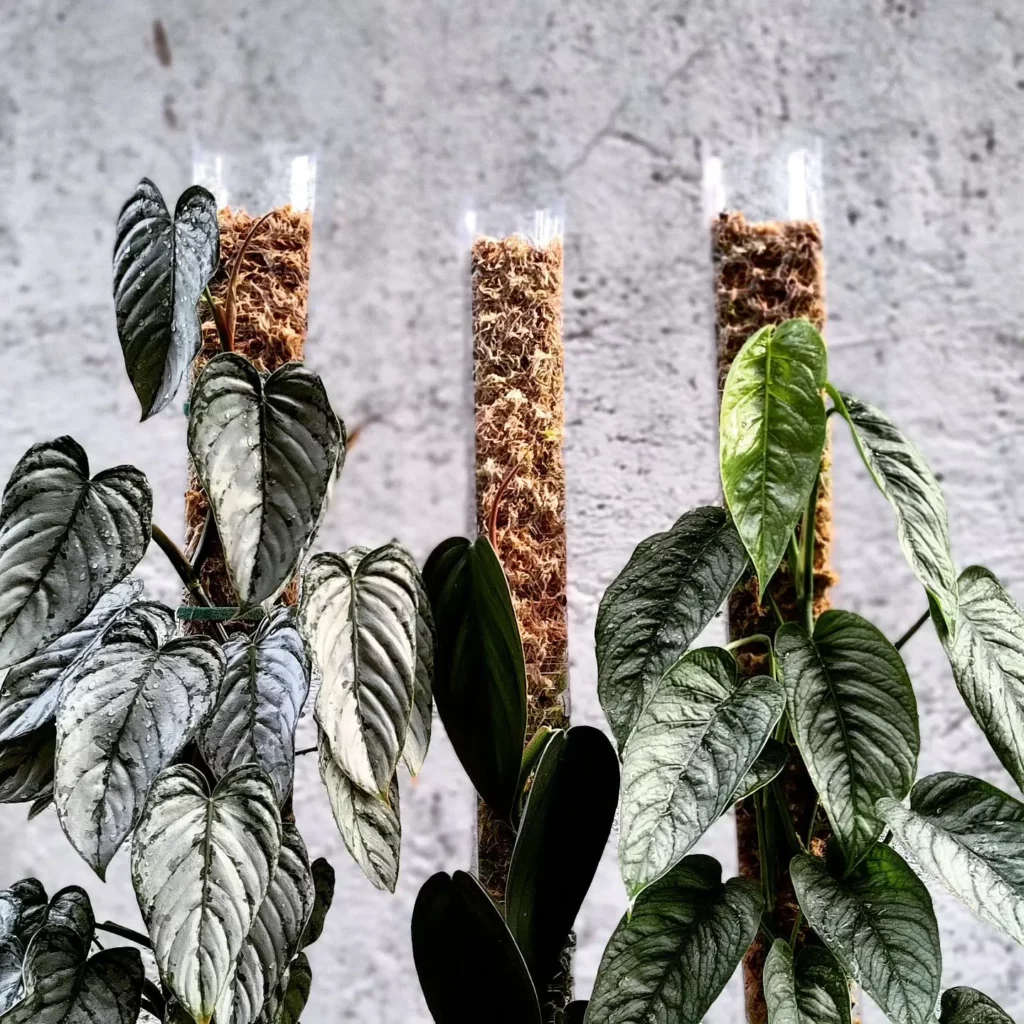
During the winter months, the dormant period for philodendrons, they require less water compared to their active growing season. However, it’s still important to regularly check the moisture level of the soil and provide water if necessary to maintain a healthy plant.
The dry indoor air caused by heating systems during winter can lead to increased soil dryness. This may require more frequent watering to ensure adequate soil moisture for your philodendron. Be mindful of the plant’s needs and adjust your watering routine accordingly.
No products found.
Checking the soil moisture regularly is crucial during winter, as overwatering can still be detrimental to the plant’s health. Pay attention to the signs of water imbalance, such as excessively damp or dry soil and adjust your watering practices accordingly.
Signs of Overwatering and Underwatering
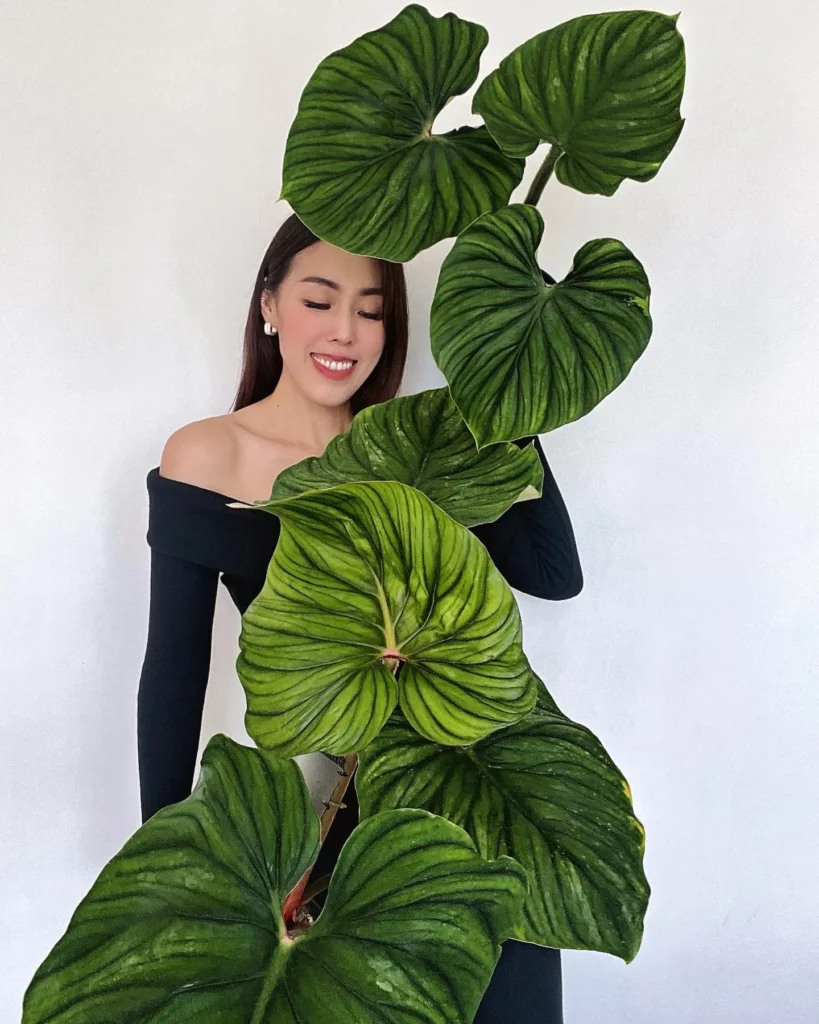
Proper plant hydration is essential for the health and well-being of your philodendron. However, both overwatering and underwatering can lead to water imbalances that can negatively impact your plant. By recognizing the signs of these water-related issues, you can take the necessary steps to adjust your watering routine and care for your philodendron effectively.
When it comes to overwatering, yellowing leaves and drooping are common indicators. Excess water can cause the roots to become waterlogged, leading to root rot and the loss of healthy foliage. If you notice these signs in your philodendron, it is crucial to adjust your watering frequency and ensure proper drainage.
On the other hand, underwatering can result in browning and drooping leaves. When your philodendron doesn’t receive enough water, it struggles to maintain its hydration levels, causing the leaves to wilt and lose their vitality. To address underwatering, it’s important to water your plant thoroughly and consistently, allowing the soil to properly absorb moisture.
Watering from Above or Below
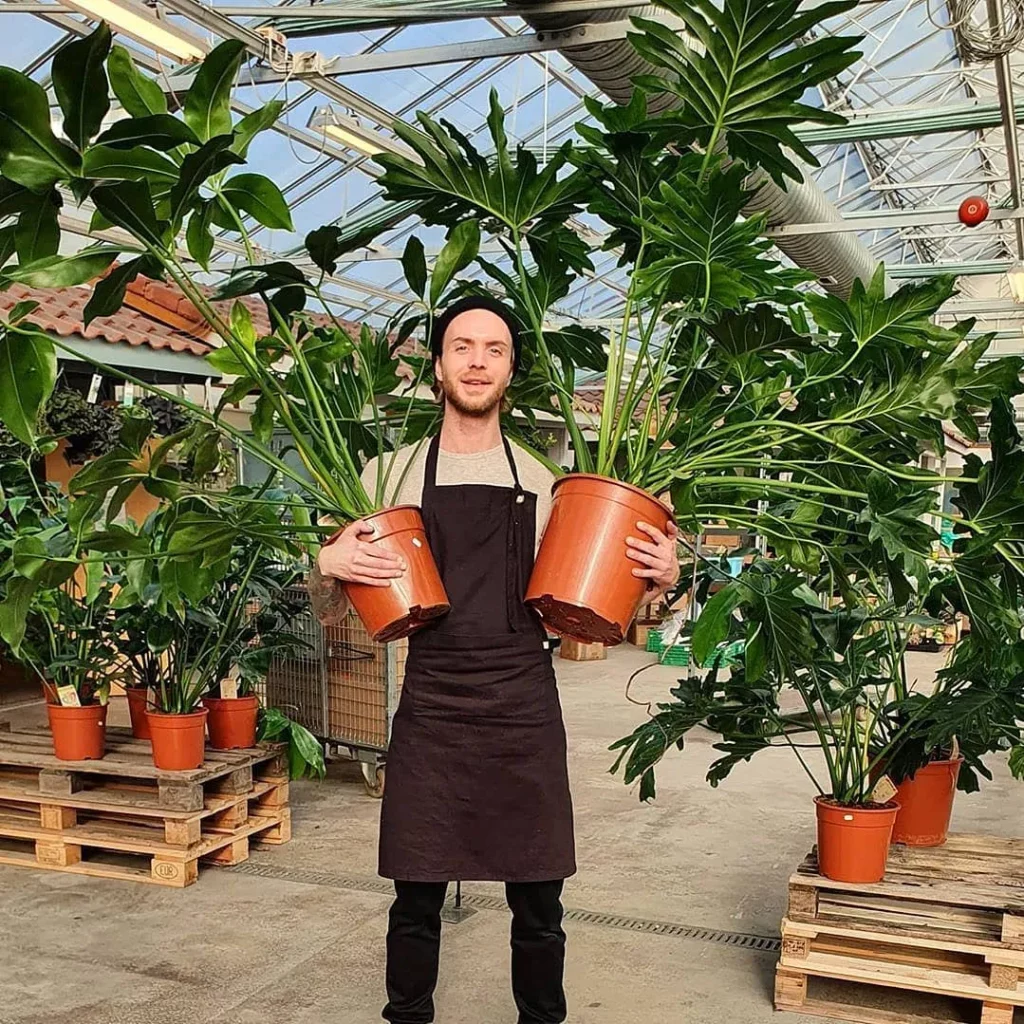
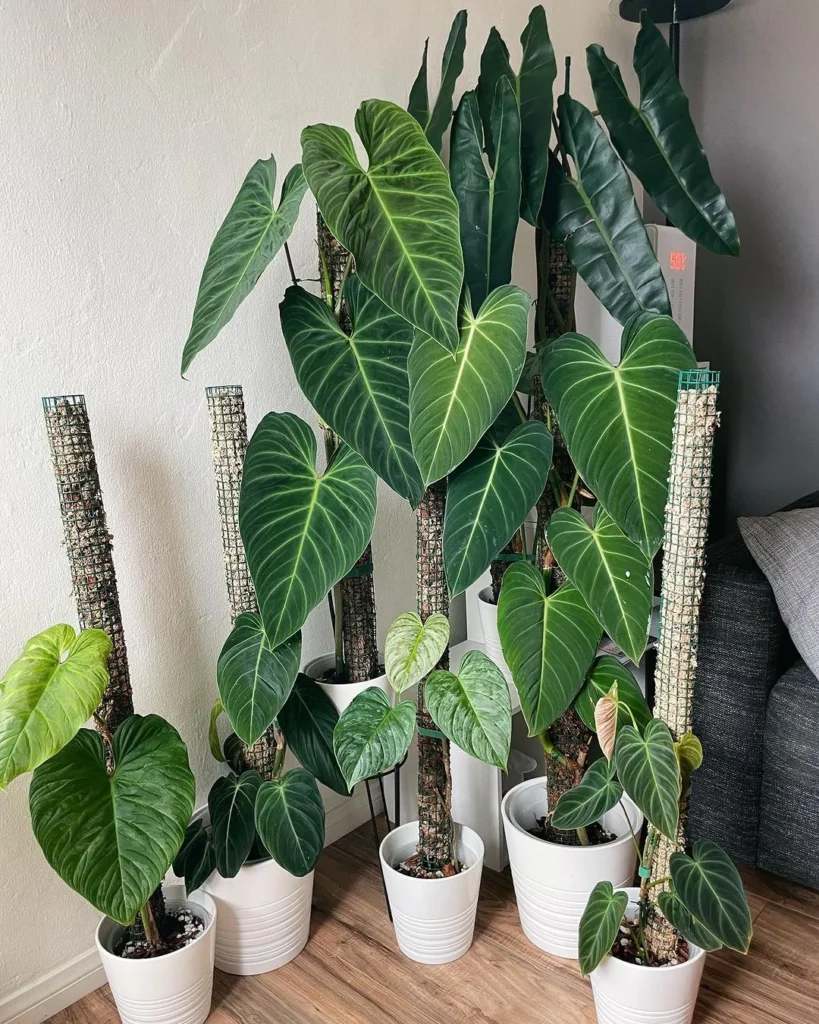
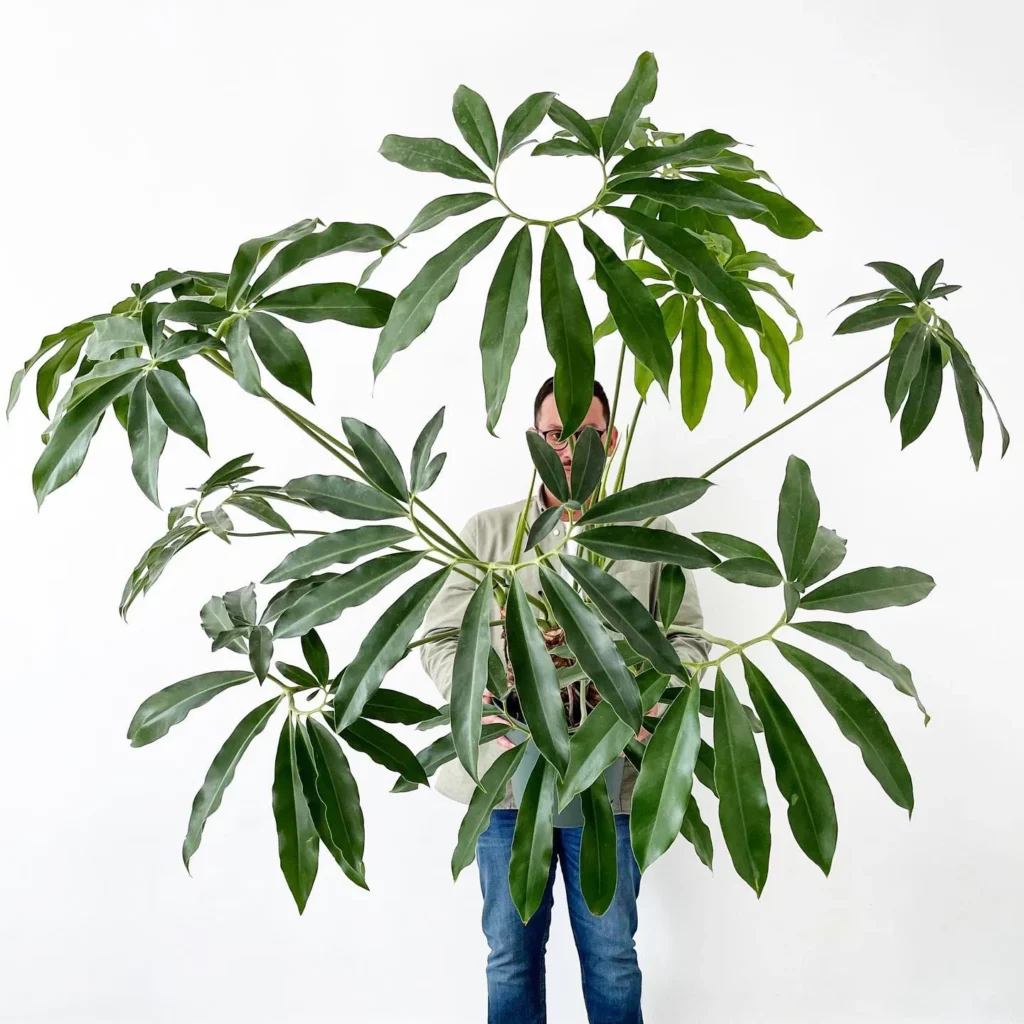
The debate of whether to water from the top or bottom is a common one among houseplant enthusiasts. Each method has its advantages and disadvantages. Top watering can help remove mineral build-up, while bottom watering promotes deeper root growth. Consider using both methods depending on the plant’s needs and the situation.
When it comes to top watering, you have more control over the amount of water applied to the plant. It allows you to water the soil evenly and thoroughly, ensuring that all parts of the root system receive hydration. Additionally, top watering can help flush out any mineral deposits that can accumulate in the soil over time. However, it’s important to be cautious not to overwater, as excessive moisture can lead to root rot and other issues.
On the other hand, bottom watering involves placing the pot in a tray filled with water and allowing the soil to absorb moisture through the drainage holes. This method promotes deeper root growth as the roots will naturally seek the water source. Bottom watering is especially beneficial for plants with sensitive leaves, as it prevents water from coming into contact with the foliage, reducing the risk of fungal diseases. However, it’s essential to avoid leaving the plant sitting in water for an extended period as it can lead to overhydration.
Both top watering and bottom watering have their advantages and can be used depending on the specific needs of your philodendron. Consider experimenting with both methods and see which works best for your plant. Remember to adjust your watering routine based on factors such as the plant’s size, environment, and soil type. By finding the right balance between top and bottom watering, you can ensure that your philodendron receives the optimal hydration it needs to thrive.
| Top Watering | Bottom Watering |
|---|---|
| Precise control over water quantity | Promotes deeper root growth |
| Flushes out mineral build-up | Prevents water contact with foliage |
| Potentially increases risk of overwatering | Avoid leaving plant sitting in water |
Additional Tips for Philodendron Watering
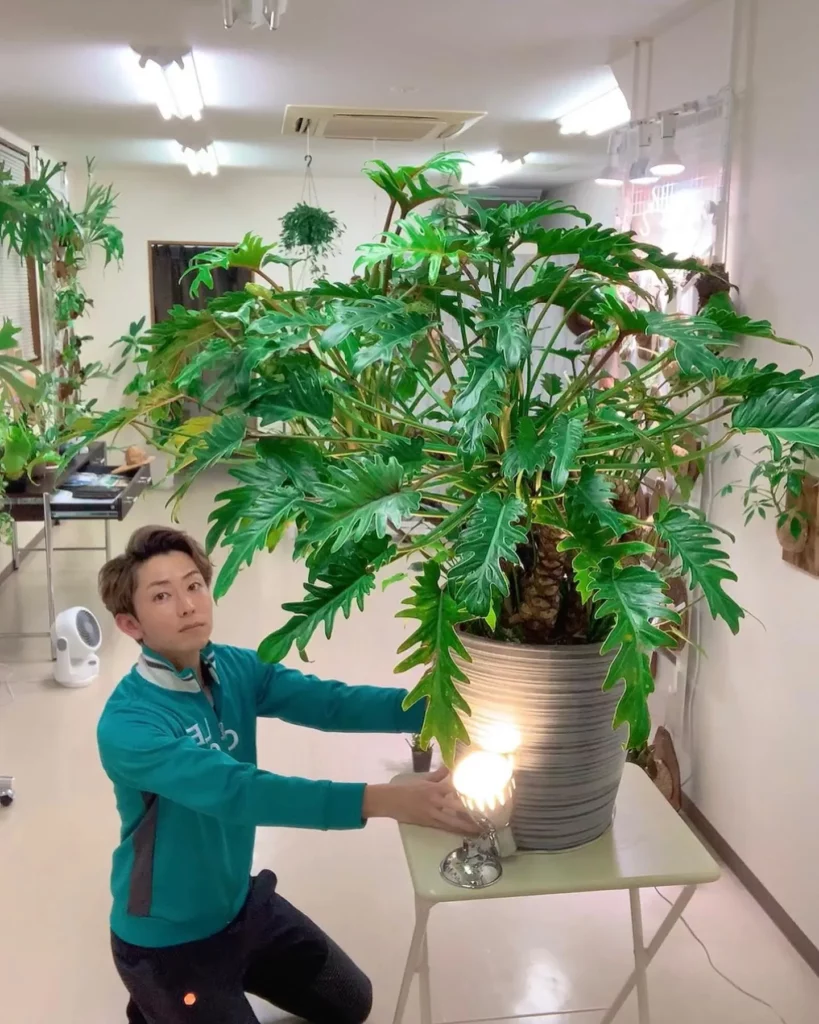
Proper care and watering techniques are essential for the health and well-being of your beloved philodendron plant. In addition to the main watering methods discussed earlier, here are some additional tips to help you maintain optimal hydration and care for your philodendron:
1. Let the soil dry out slightly between waterings: Philodendrons prefer a moist but not waterlogged soil. Allow the top inch or two of soil to dry out before watering again. This will prevent overwatering and promote healthy root growth.
No products found.
2. Increase moisture with a humidity tray or misting: Philodendrons are naturally tropical plants that thrive in humid environments. To increase humidity around your plant, you can place a tray filled with water and pebbles near it. As the water evaporates, it will create a humid microclimate. Alternatively, you can mist the leaves of your philodendron with water using a spray bottle.
3. Mindful size consideration: As your philodendron grows, it may outgrow its current pot. Repotting into a larger pot will ensure that the plant has enough space to grow and access to adequate water. Remember to choose a pot with good drainage to prevent waterlogging.
By implementing these additional tips, you can provide your philodendron with the proper care and hydration it needs to flourish. Remember, each plant is unique, so it’s important to observe and adjust your watering routine accordingly. Enjoy the beauty and lushness of your thriving philodendron!
FAQ
Why is proper watering important for a philodendron plant?
Proper watering is important for a philodendron plant because overwatering can cause root rot and other fungal diseases, while underwatering can lead to wilting and yellowing of the leaves. Finding the right balance is crucial for the plant’s health.
How do I know when my philodendron needs water?
Signs that your philodendron needs water include visibly wilted leaves and the top inch or two of soil drying out. By paying attention to these signs, you can ensure that your plant receives the water it needs to thrive.
What are the different methods of watering a philodendron?
The most common methods of watering a philodendron include watering over the soil, bottom watering, and water baths. Each method has its advantages, and you can choose the one that works best for you and your plant.
How do I water a philodendron over the soil?
To water a philodendron over the soil, you can use a watering can or direct tap water. Simply water the plant until the water starts running out from the drainage holes. Remove any excess water from the tray and wait for the soil to dry out slightly before watering again.
What is bottom watering and how does it work?
Bottom watering involves filling a plant tray with water and allowing the soil to absorb the moisture from below. After about 10 minutes, check if the soil has absorbed enough water and remove any excess water from the tray. Bottom watering ensures thorough hydration of the plant.
How do I use water baths to water my philodendron?
To water your philodendron using water baths, submerge the entire pot into a bucket or vessel filled with lukewarm water. Allow the water to bubble and then lift the pot out, letting the excess water drain off. Avoid letting the plant stand in water after the water bath to prevent overwatering.
Why is good drainage important for a philodendron?
Philodendrons require a pot with excellent drainage to prevent root rot and fungal diseases. It’s important to choose a well-draining soil mix and ensure that the pot has enough drainage holes. Regularly check and clear the holes to maintain proper drainage.
How often should I water my philodendron?
The frequency of watering your philodendron depends on factors such as climate and room conditions. A general guideline is to water once a week in the spring and summer, allowing the top two inches of soil to dry out before watering again. Adjust your schedule based on the moisture level of the soil.
How should I water my philodendron during winter?
During the winter months, philodendrons require less water as they go dormant. However, it’s still important to check the soil moisture and water if necessary. The dry air from indoor heating may require more frequent watering during winter.
What are the signs of overwatering and underwatering in a philodendron?
Signs of overwatering in a philodendron include yellowing leaves and drooping, while underwatering can cause browning and drooping. Monitoring the condition of your plant will help you determine if adjustments to your watering routine are needed.
Should I water my philodendron from above or below?
The choice between watering from above or below depends on your preference and the needs of the plant. Top watering can help remove mineral build-up, while bottom watering promotes deeper root growth. You can use both methods based on the situation and the plant’s requirements.
Are there any additional tips for watering a philodendron?
In addition to the main watering techniques, it’s important to let the soil dry out slightly between waterings, increase moisture with a humidity tray or misting, and be mindful of the size of your plant and pot. Following these additional tips will help ensure the proper hydration and care of your philodendron plant.

